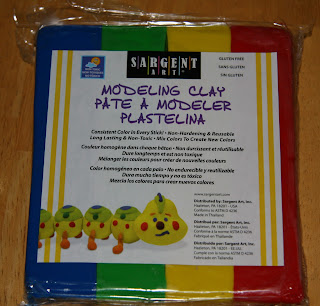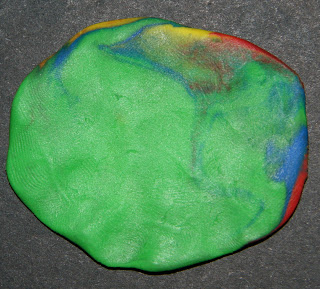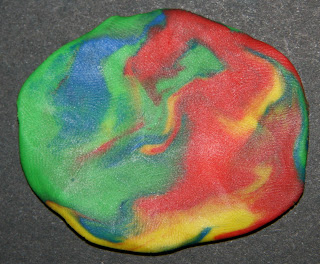 |
| Kai Krause's awesome map, originally found here |
The geological history of Africa is different from the other continents. For the last 200 million years Africa has been relatively stationary and has been nearly surrounded by oceans for the last 130 million years. From 183 to 133 million years ago a mantle plume (the Karroo plume) influenced African tectonics - at this time the West and Central African rift systems were active. Another plume is currently "active" beneath Africa - the Afar Plume. For the last 30 million years this plume has been influencing the development of the East African Rift System. In between the two plume episodes was a long period of relative tectonic quiescence where erosion dominated, forming what is known as "the African Surface."
Reference:
Burke, K., and Gunnell, Y., 2008, The African erosion surface: a continental-scale synthesis of geomorphology, tectonics, and environmental change over the past 180 million years: Geological Society of America Memoir, v. 201.



